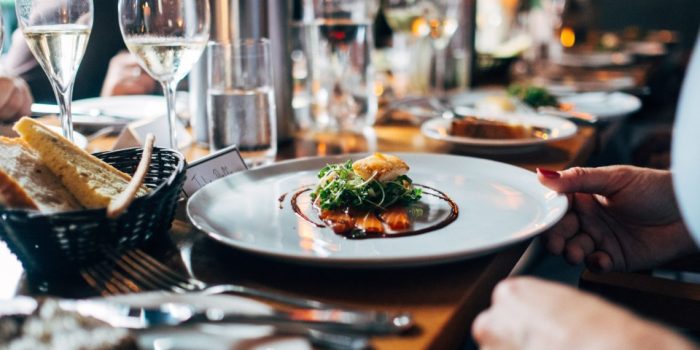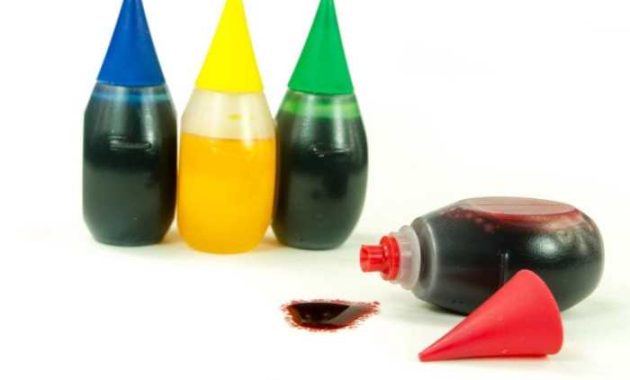Walmart Store Layout and Organization: Where To Find Food Coloring In Walmart

Where to find food coloring in walmart – Navigating the vast landscape of a Walmart supercenter to find a specific item can sometimes feel like an expedition. Understanding the typical layout and organizational principles of Walmart stores is crucial for efficient shopping, especially when searching for a small item like food coloring. The placement of products is largely standardized, but variations exist due to store size, location, and local demand.Walmart’s store design generally prioritizes a flow that guides customers through the majority of the store’s sections.
This layout strategy is designed to maximize impulse purchases and ensure customers see a wide range of products. The location of baking and cooking supplies, and therefore food coloring, is usually consistent with this general principle.
Typical Location of Baking and Cooking Supplies in Walmart
A typical Walmart store will place baking and cooking supplies in a section dedicated to groceries. This section is often located in the central or rear areas of the store. Imagine a simplified map: the entrance is at the top, with grocery aisles extending horizontally across the middle section of the store. The baking aisle, typically marked with clear signage, would be located within this grocery area, often near canned goods, pasta, or other related pantry staples.
Food coloring, due to its nature, would be situated within this baking aisle, possibly on a shelf dedicated to baking extracts and decorations. This placement strategy is designed to bring customers into the heart of the store and increase the chances of additional purchases.
Variations in Walmart Store Layouts, Where to find food coloring in walmart
Walmart operates a diverse range of store formats, from smaller Neighborhood Markets to massive Supercenters. These different store formats lead to variations in layout and product placement. Smaller Neighborhood Markets, focusing on grocery and everyday essentials, might have a more compact baking aisle, with food coloring situated more prominently due to limited space. In contrast, Supercenters, with significantly larger floor space, might dedicate a wider aisle to baking supplies, potentially separating food coloring from other baking extracts or placing it in a separate section within the baking aisle based on local consumer preferences and sales data.
A smaller Walmart Express store might not even have a dedicated baking aisle, instead placing food coloring with other pantry staples or near the checkout counters.
Variations in Product Placement Across Different Walmart Sizes and Locations
Even within the same store format, product placement can vary based on several factors. Local consumer preferences heavily influence what products are stocked and where. A Walmart in a region with a strong baking tradition might have a larger selection of food coloring and a more prominent placement compared to a store in a region where baking is less prevalent.
Seasonal demands also play a role; during holidays like Easter or Halloween, food coloring might be given a more visible placement or even a temporary endcap display to maximize sales. Furthermore, ongoing store renovations and stock adjustments can cause temporary shifts in product locations. For example, a store undergoing remodeling might temporarily relocate its baking supplies to a different aisle during the process.
Need food coloring? Walmart usually stocks it in the baking aisle, often near sprinkles and other cake decorating supplies. But if you’re looking for a fun science experiment, check out this awesome guide on food coloring milk and dish soap – it’s a great way to use up those extra drops! Afterwards, remember to grab more food coloring from Walmart for your next baking project.
Product Variety and Brands

Finding food coloring at Walmart offers a diverse range of choices catering to various baking and cooking needs. The selection varies by store location and stock levels, but generally, you’ll encounter a good variety of brands and types. Understanding the available options allows for informed purchasing decisions based on your specific project requirements.
Walmart typically stocks a wide selection of food coloring brands, each offering different types, sizes, and packaging. These differences cater to both casual home bakers and more serious culinary enthusiasts. Knowing the brands and their offerings simplifies your search within the store.
Food Coloring Brands and Types at Walmart
The following table details common food coloring brands found in Walmart stores, categorized by type (liquid, gel, powder), along with examples of sizes and packaging. Note that availability may vary by location and time of year.
| Brand | Type | Size | Typical Location (Aisle) |
|---|---|---|---|
| Wilton | Liquid | 1 ounce bottle, 4-ounce bottle | Baking aisle (typically aisles 4-6) |
| Wilton | Gel | 1 ounce bottle, 4-ounce bottle | Baking aisle (typically aisles 4-6) |
| Americolor | Gel | 1 ounce bottle, 2 ounce bottle | Baking aisle (typically aisles 4-6) |
| McCormick | Liquid | 1.75 ounce bottle | Spice aisle (aisle location varies greatly) |
| Good & Gather™ (Walmart’s brand) | Liquid | 1 ounce bottle | Baking aisle or general baking supplies area |
| Various other brands (e.g., store brands, etc.) | Liquid, Gel, Powder | Sizes vary widely | Baking aisle or potentially near cake decorating supplies |
Visual Representation of Food Coloring Packaging
Finding food coloring at Walmart is a straightforward task, but understanding the variety of packaging available can enhance your shopping experience. Let’s delve into the visual aspects of these products, focusing on the typical presentation of liquid, gel, and powder food colorings. This will help you quickly identify the type and brand you need.
Liquid Food Coloring Packaging
Liquid food coloring typically comes in small, clear plastic bottles. These bottles are usually cylindrical or slightly oval, ranging from 1 to 4 ounces in capacity. The bottle’s transparency allows for easy visualization of the color inside. The label, prominently displayed, features the brand name (e.g., McCormick, Wilton, AmeriColor) in bold lettering, often accompanied by a logo. The specific color is clearly indicated, usually with both the name (e.g., Red, Yellow, Blue) and a small colored swatch.
The label also includes a list of ingredients, usage instructions, and storage information. Many bottles have a narrow, pointed cap for precise pouring.
Gel Food Coloring Packaging
Gel food colorings are often packaged similarly to liquid versions, but in smaller containers. These are typically small, clear plastic squeeze bottles, usually less than 2 ounces, designed for precise dispensing. The bottles are often cylindrical, but some may be more compact. The gel’s intense color is visible through the bottle, and the label follows the same conventions as liquid food coloring: brand name, logo, color name and swatch, ingredients, usage, and storage information.
The packaging often emphasizes the concentrated nature of the gel.
Powder Food Coloring Packaging
Powder food colorings usually come in small, sealed containers, often plastic jars or foil packets. These containers vary in size, but generally hold less than 4 ounces. The packaging clearly displays the brand name and logo, and the color is identified, often with a small colored swatch or image demonstrating its use. The label includes the weight or volume of the contents, ingredients, usage instructions, and any necessary warnings (e.g., for dust inhalation).
Unlike liquid and gel versions, powder food coloring often has a wider range of colors, including shades that are harder to achieve with liquids or gels.
Color Options and Label Information
A wide range of colors is available in each format. Liquid and gel food colorings typically offer primary colors (red, yellow, blue), secondary colors (green, orange, purple), and a selection of other shades like brown, black, and pink. Powder food colorings often offer a broader spectrum, including metallic or pearlescent options. The label consistently displays the net weight or volume, ingredients (often including artificial colors and preservatives), usage instructions (e.g., how much to use for different applications), and warnings or cautions about handling and storage.
Expiration dates are also usually included.
Answers to Common Questions
What if Walmart is out of the specific food coloring I need?
Check other stores like Target or Kroger. You can also often find food coloring online through Amazon or other retailers.
Are Walmart’s online and in-store selections the same?
Usually pretty similar, but the online selection might be slightly larger. Sometimes, specific colors or brands might be limited in-store.
Can I return food coloring to Walmart if I don’t like it?
Yep! Just make sure you have your receipt and the food coloring is unopened and in its original packaging.
What are the best brands of food coloring at Walmart?
That depends on your needs! Wilton and AmeriColor are popular choices for baking, but there are many other good brands available.

